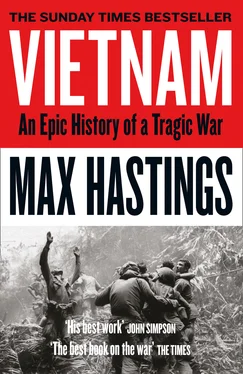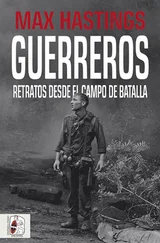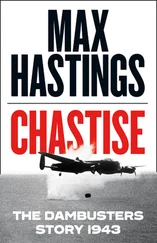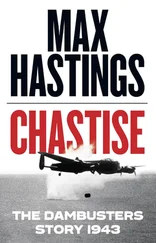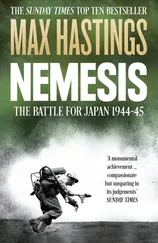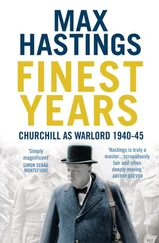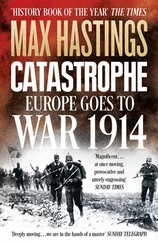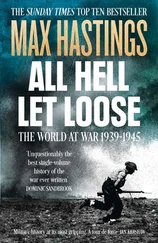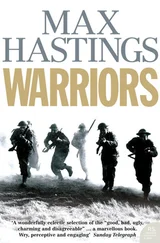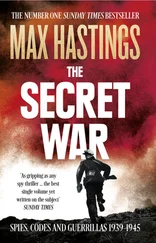The tempo of the war was rising: after two years in which the impetus of the armed struggle had come chiefly from Southern hostility to the Saigon government, Hanoi’s influence and resources were becoming ever more conspicuous. Northern leaders scented rotting flesh, a stench of terminal decay, drifting upcountry from Saigon’s presidential palace. They had become impatient to expedite funerary arrangements for the Diem regime. So, too, were important people in Washington.
7
1963: Coffins for Two Presidents
1 SMALL BATTLE, BIG STORY: AP BAC
Alongside the swarms of American advisers, diplomats, fliers, special forces, electronic eavesdroppers and spooks setting up shop in Vietnam, ever more journalists came – men and a few women who would exercise at least as much influence on the story as the warriors and politicos. The swelling press corps reflected an awareness among their employers that the investment being made by the US deserved more attention at the sharp end than it had hitherto received. Saigon bureaux got not quite the A Team, such as then went to Washington, Paris, Moscow, London, but A-Team wannabes. Most were young, green, pretty bright, fiercely ambitious, and they fell in love with the romance of Saigon: men like David Halberstam of the New York Times , Malcolm Browne and Peter Arnett of AP, François Sully of Newsweek , Neil Sheehan of UPI who shared desk space with Halberstam and became his close friend.
Sheehan was in Japan, finishing his draft hitch with the US Army, when he persuaded UPI’s Tokyo bureau to let him earn $10 a throw pulling night shifts. Then the news agency’s Saigon correspondent quit, and Sheehan got the job. He was a Massachusetts farm boy, born in 1936, strikingly handsome, who won a scholarship to Harvard before becoming a precocious alcoholic. After 1961 he never touched a drink, but he arrived in Vietnam the following year still a little high on a faith in the United States, born out of his elevation to the Ivy League, that would be sorely tested during the years that followed. ‘Saigon was a very nice place that hadn’t then been mucked up by Americans,’ he said. ‘For the first six months I was not at all afraid. I thought it was thrilling, skiing over rice paddies in a helicopter. I was a child of the Cold War. We all felt the same way. Americans could do no wrong. We went there to stop these evil communists trying to take over the world. We had very little grip on reality. We felt this country deserved support.’
A cluster of the young correspondents, who swiftly acquired beautiful Vietnamese girlfriends, lived as a ratpack, dining together at L’Amiral, Souri-Blanche or Bistro Brodard, where they had a special table bearing a sign ‘ Réservé pour la presse ’; sharing cyclos or tiny blue-and-cream Renault taxis to briefings, helos to battle. Plenty of unattributable information was available from advisers, diplomats and the ubiquitous Lou Conein: in Sheehan’s laconic phrase, ‘Lou liked to talk.’ Ivan Slavitch, a soldier who commanded the first Huey helicopter unit, would sometimes call and say ‘Come out for breakfast,’ which was a coded tip that an operation was on. However, ‘most Vietnamese wouldn’t speak to you – they didn’t want to get into trouble’.
The US Army sucked up much of the precarious electricity supply, so that when air-conditioners went down, the reporters sweated profusely onto their shirts, typewriter keys, stories. They made small fortunes from submitting expenses at the official currency-exchange rate while changing dollars on the black market, though Sheehan stayed clean because he was fearful of expulsion. Halberstam later urged him to title his Vietnam book The Last Frontier , ‘because it was the last place to have fun, to fool around with somebody else’s country’. Though the correspondents loved the place, most adopted an increasingly earnest view of their mission, having identified a chasm between the relentless optimism of the US military, especially its 1962–64 commander Gen. Paul Harkins, and the realities as they observed them.
From an early stage, MACV propagated wilful falsehoods and suppressed inconvenient truths, such as the fact that US aircrew were flying combat missions in VNAF cockpits, belatedly revealed when the Indianapolis News published letters home from Air Force captain ‘Jerry’ Shank which made nonsense of official denials. Shank wrote: ‘What gets me the most is that they won’t tell you people what we do over here … We – me and my buddies – do everything. The Vietnamese “students” we have on board are airmen basics … They’re stupid, ignorant sacrificial lambs, and I have no use for them. In fact I have been tempted to whip them within an inch of their life.’ The use of napalm was unacknowledged until photos of its flame sheets appeared in the press. Peter Arnett later revealed the use of CS lachrymatory gas, which was seized upon by hostile propagandists to mean poison gas, in the face of deafening MACV and Pentagon silence.
Halberstam, then twenty-eight, started out as a True Believer, but by the autumn of 1962 had grown sceptical, writing in the New York Times : ‘This is a war fought in the presence of a largely uncommitted or unfriendly peasantry, by a government that has yet to demonstrate much appeal to large elements of its own people. The enemy is lean and hungry, experienced in this type of warfare, patient in his campaign, endlessly self-critical, and above all, an enemy who has shown that he is willing to pay the price.’ When in December Halberstam informed his office about reporting restrictions imposed by Nhu and his creatures, the Times forwarded the protest to the State Department, which shrugged that Americans in Vietnam were guests of a sovereign state. This much was true: that when the regime persistently dismissed advice and imprecations from the US embassy, MACV and the CIA, it scarcely acted out of character in refusing to indulge hostile – and, in Diem’s eyes, considerably depraved – liberal journalists. Come to that, Jack Kennedy once telephoned the Times ’s publisher to lean on him to shift its correspondent.
As for the American military’s pronouncements, Time ’s Lee Griggs composed a song about its chief, to the tune of the hymn ‘Jesus Loves Me’:
We are winning, this I know,
General Harkins tells me so.
In the mountains, things are rough,
In the Delta, mighty tough,
But the V.C. will soon go,
General Harkins tells me so.
Homer Bigart wrote in a June 1962 valedictory dispatch for the New York Times that unless Diem mended his ways, either US combat troops would have to be committed, or the Saigon government replaced by a military junta. Newsweek ’s François Sully was the daddy of them all, a Frenchman born in 1927 who had been around Saigon since 1945. He was by no means universally beloved by colleagues, and was suspected by some of being a communist, but his connections on both sides were impressive. In one of Sully’s last dispatches before being expelled by Diem, he cited Bernard Fall’s view that the politics were far more important than the tactics, yet the US Army was training the Southerners to resist a Korean-style invasion. Marine helicopters, he said, could not provide the Vietnamese with an ideology worth dying for. The piece was accompanied by a photo of Diem’s female militia captioned ‘The enemy has more drive and enthusiasm.’
Neil Sheehan said of the 1962–63 Saigon press corps: ‘We were a pretty serious bunch of guys: we found ourselves in conflict – very serious conflict – with the [US] command. You got pretty angry with the generals’ lying.’ Sheehan marvelled at the courage of some reporters, the cowardice of others: one New York paper’s reporter, he later recalled, ‘wouldn’t leave Saigon – he bribed operators for carbons of other correspondents’ despatches’. Then there were the adventurers, most of whom arrived somewhat later: a British freelancer ‘carried an M16 and killed people. Sean Flynn exulted about what a glorious thing street-fighting was.’ In Sheehan’s first weeks he himself toted a pistol in the field, ‘then I realised this was crazy’. He also stopped carrying a camera, because he decided that if you kept peering through a viewfinder, you didn’t see what was happening around you – and what might kill you.
Читать дальше
